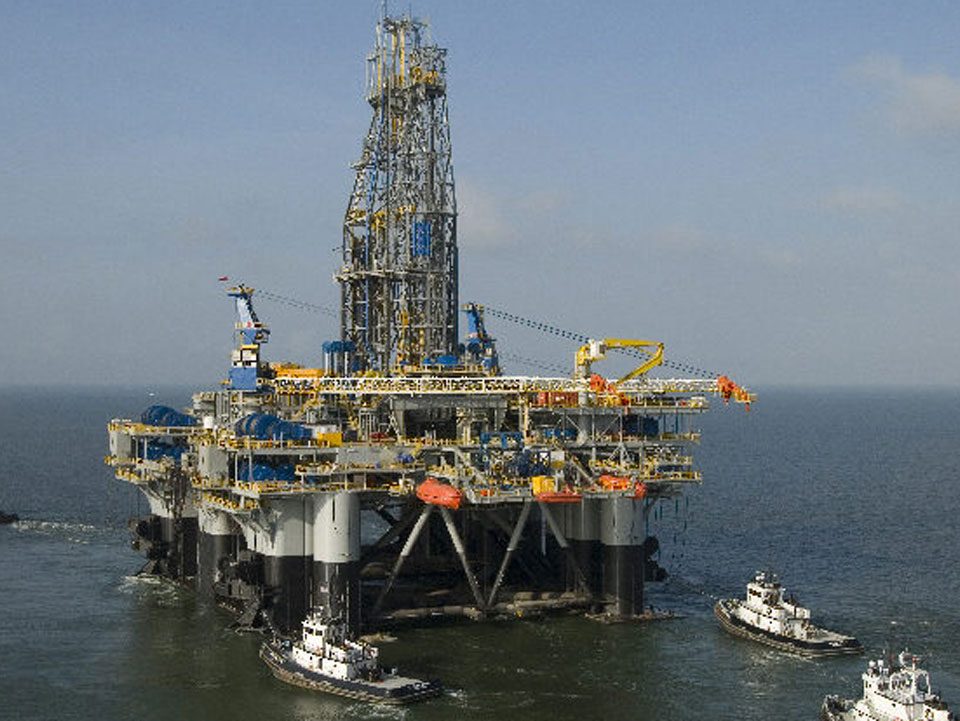Occasioned by increased global oil supply of 370,000 barrel per day (mb/d) in June, due mainly to higher outputs from Saudi Arabia and Russia, OPEC crude production hit a four-month high of 31.87 mb/d, the International Energy Agency (IEA) has said.
OPEC is a 14-country oil cartel, which includes Nigeria.
The IEA, which revealed this in its Oil Market Report (OMR) for July, obtained by THISDAY, noted that a surge from Saudi Arabia, (which along with Russia were parties to the Vienna Agreement that decided to achieve 100 per cent compliance), offset losses in Angola, Libya, and Venezuela.
Besides, the July OMR published by the IEA also projected that Non-OPEC output was set to expand by 2 mb/d this year and by 1.8 mb/d in 2019 led by the United States. It however added there are currently temporary disruptions in Canada, Brazil, Kazakhstan and the North Sea.
The IEA stated that demand got off to a strong start this year with global 1Q18 growth at over 2 mb/d, helped by cold weather in the northern hemisphere. “Recent data, however, pointed to a slowdown, with rising prices a factor,” it added. According to the OMR, in 2Q18, growth slowed to 0.9 mb/d. In 1H18, growth averaged 1.5 mb/d, falling to 1.3 mb/d in the second half of the year.
Projecting forward, the IEA forecasted that, “In 1H19, the comparison with a strong 1H18 will see growth of close to 1.2 mb/d, accelerating to 1.6 mb/d in the second half. We expect growth of 1.4 mb/d in world oil demand in both 2018 and 2019, unchanged from last month’s report.”
As for the OECD commercial stocks, the report said it rose 13.9 mb in May to 2 840 mb, only the third monthly increase since July 2017. “However, stocks gained only half as much as normal. At end-month, OECD inventories were 23 mb below the five-year average. Preliminary data show stocks falling in June.”
Pointing out that, crude oil prices fell in June, the IEA, however, added that, “since the Vienna Agreement meetings, values for ICE Brent and NYMEX WTI have increased by 7 per cent and 13 per cent, respectively, on news of supply disruptions.”
“In product markets, increased refinery output and signs of slowing demand put pressure on gasoline, diesel and jet fuel cracks.”
The IEA also predicted in the July OMR that, “Global refining throughput will grow by 2 mb/d from 2Q18 to 3Q18, with more than half of the increase in the Atlantic Basin.
“Runs are forecast to reach 82.8 mb/d, 0.7 mb/d higher than the previous record level in 4Q17. This could result in large crude stock draws, exceeding 1.4 mb/d. Refined product stocks will seasonally increase by 0.6 mb/d.”
Meanwhile, the IEA noted that, since its last report, OPEC oil ministers and 10 non-OPEC oil ministers had met and agreed to achieve 100 per cent compliance with the Vienna Agreement (i.e. they will increase production). “What this means in terms of volume and timing remains to be seen as the official communiqué contained little detail, but there are already indications from leading producers, particularly Saudi Arabia, its Gulf allies, and Russia, that production is climbing and may reach record levels.”
Such determination to ensure the steady supply of oil to world markets in the face of multiple challenges to stability, according to the agency, is very welcome.
The IEA explained that the prospect of higher supply might be thought to have sent oil prices down, but in fact WTI prices have risen close to levels not seen since November 2014 and Brent prices have recently made a renewed attempt to reach $80/bbl. “Higher prices are prolonging the fears of consumers everywhere that their economies will be damaged. In turn, this could have a marked impact on oil demand growth.”
According to the agency, that prices have remained relatively high reflects various supply concerns, some of which will be with us for some time to come, e.g. Iran and Venezuela, and others that are probably shorter term. The clearly expressed determination of the United States to reduce Iran’s exports by as much as possible suggests that shipments could be reduced by significantly more than the 1.2 mb/d seen in the previous round of sanctions.
“In June, Iran’s crude exports fell back by about 230 kb/d, albeit from a relatively high level in May, as European purchases dropped by nearly 50 per cent. Most of Iran’s oil goes to Asia, however, with China and India currently taking over 600 kb/d each,” it pointed out.
The IEA reasoned that, “When you also consider that both China and India are exposed to Venezuela, importing respectively 250 kb/d and 325 kb/d, it is clear that the world’s second and third-biggest oil consumers could face major challenges in sourcing alternative compatible barrels.”



